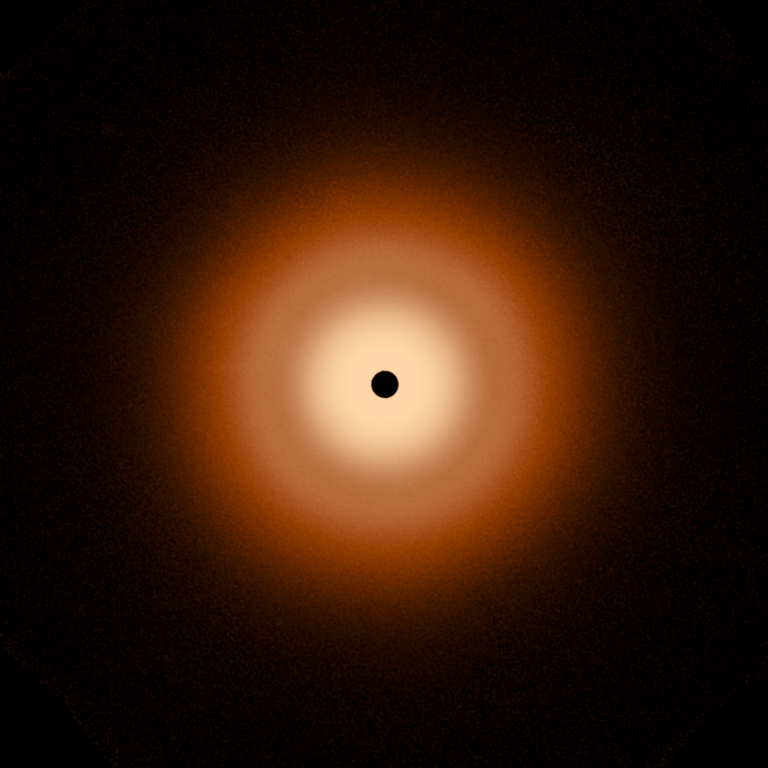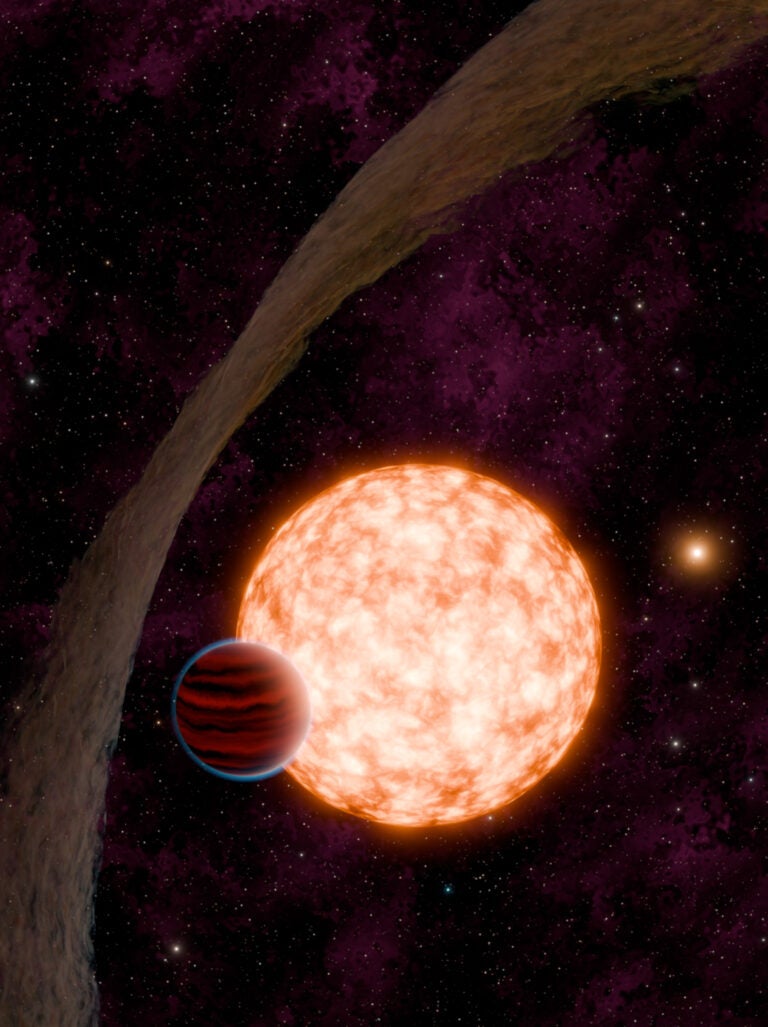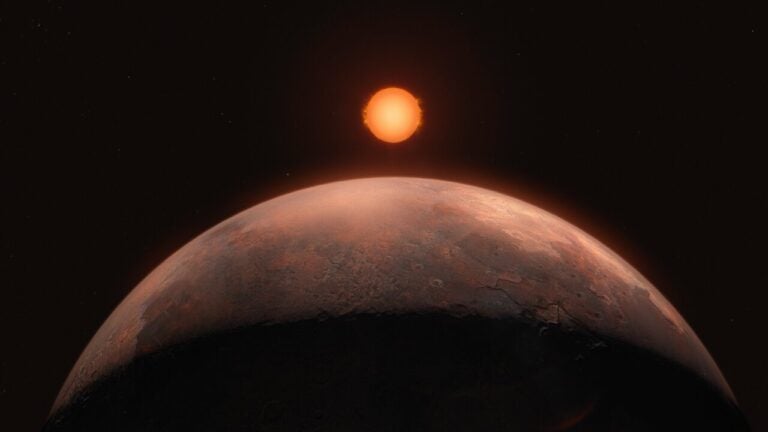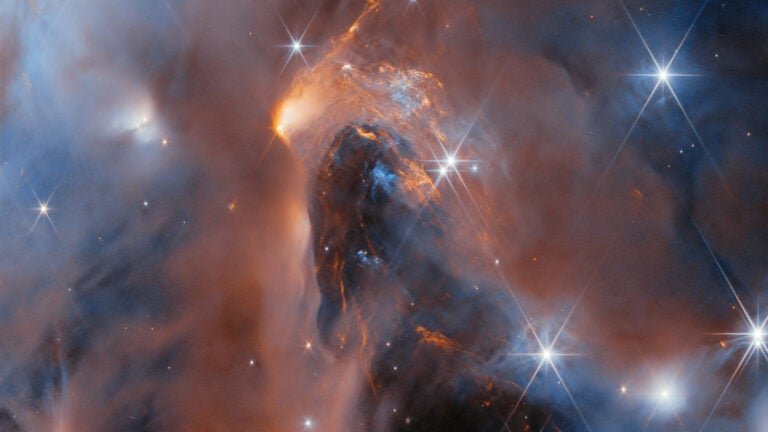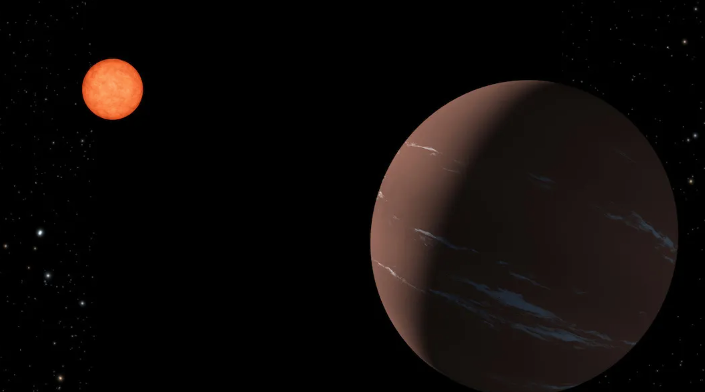
About 137 light-years away, the super-Earth TOI-715 b orbits a red dwarf sun. The exoplanet has a mass of 3.02 Earths and was first found in 2023.
The same star system may also hold a smaller, nearly Earth-sized planet. If confirmed, that exoplanet — currently named TIC 271971130.02 — will be the smallest habitable-zone planet found by NASA’s Transiting Exoplanet Survey Satellite (TESS). The habitable zone is the area around a star in which temperatures are just right for an exoplanet to sustain liquid water on its surface.
That’s according to a study published in the January issue of Monthly Notices of the Royal Astronomical Society. NASA announced the discovery Jan. 31.
“Within the most conservative estimate that you can make of the habitable zone and within all of the uncertainties that you have about the star and the planet itself and everything, this planet [TOI-715 b] is for sure in the habitable zone,” says Amaury Triaud, a study co-author and professor of exoplanetology at the University of Birmingham in the U.K.
Size is key
Triaud says he and study first author Georgina Dransfield were surprised to discover that TOI-715 b is not only in the habitable zone, but is also potentially a rocky planet.
That’s because to be rocky, super-Earths — which have masses between about two to 10 times Earth’s and diameters between our planet’s and Neptune’s — need to hit a sweet spot where they are not too big but not too small. “If they’re too big, we think that they’re no longer rocky, and they turn into something that looks more like Neptune or Jupiter, which are completely gas and have no solid surface,” says Sarah Moran, who studies exoplanet atmospheres at the University of Arizona, and was not involved with the study.
So, astronomers need to know both mass and diameter to determine whether a planet is truly similar enough to ours to host some form of Earth-like life. If the planet has a low mass and a large radius, it is likely like a so-called mini-Neptune with a gassy atmosphere and little rock. If it has a higher mass but a smaller radius, it’s probably a rocky planet like ours.
The possibility that TOI-715 b is rocky “would be exciting because that supports it being more of a habitable planet versus some sort of other world,” says Moran.
Alternatively, Triaud says TOI-715 b may have once had a thicker atmosphere like Neptune and now be in a transition state where it is losing its atmosphere. To confirm for sure, he and his team are working to confirm the planet’s mass. Then they’ll know for sure if TOI-715 b is a potentially watery, terrestrial planet.
“The planets discovered in this article are in that weird radius range where people think that there may be not very many planets, and so they’ll help us test some of our theories about how those planets form,” says Sarah Dodson-Robinson, an exoplanet expert at the University of Delaware, not involved with the study.
JWST is currently the best bet for observing the characteristics of these faraway worlds. But the next generation of ground-based, extremely large telescopes will peer deeper at exoplanets in the coming years, says Moran.






